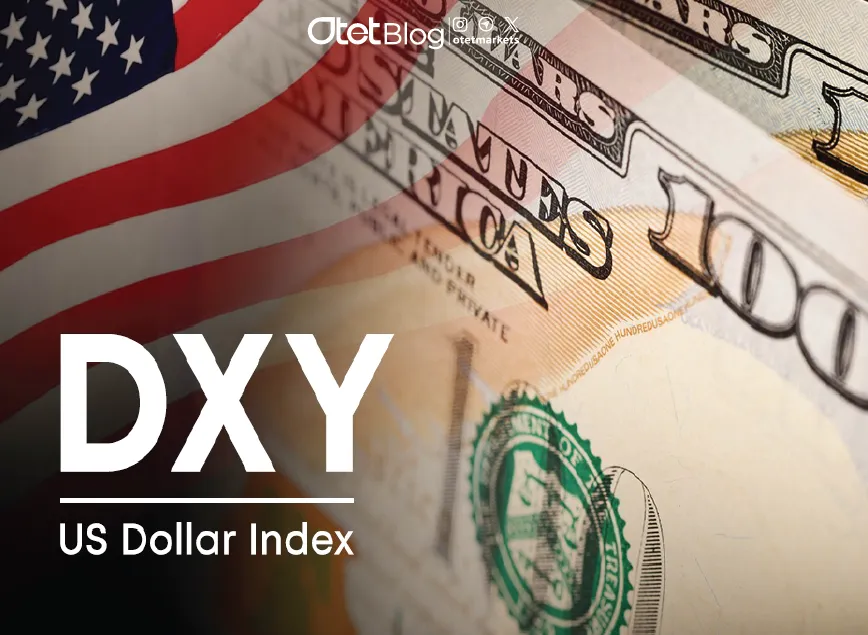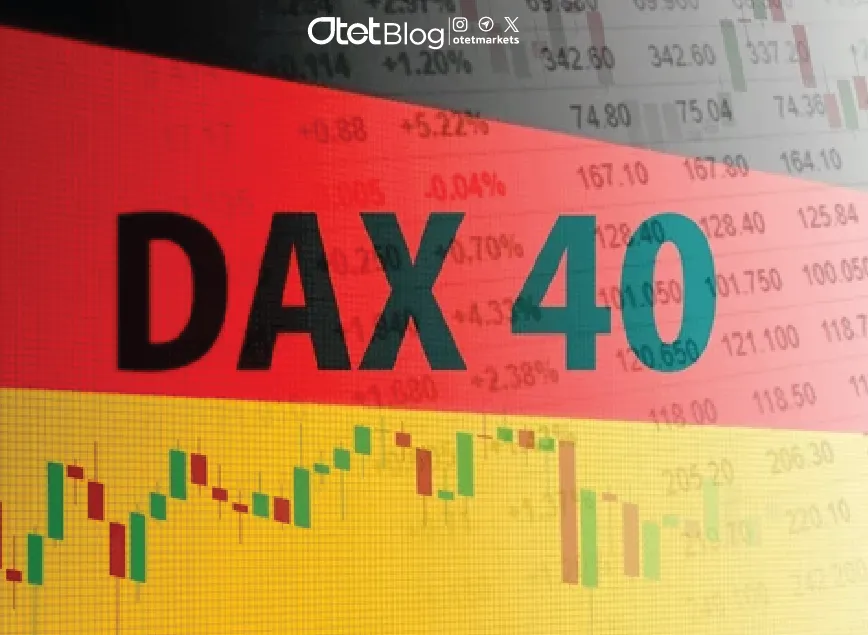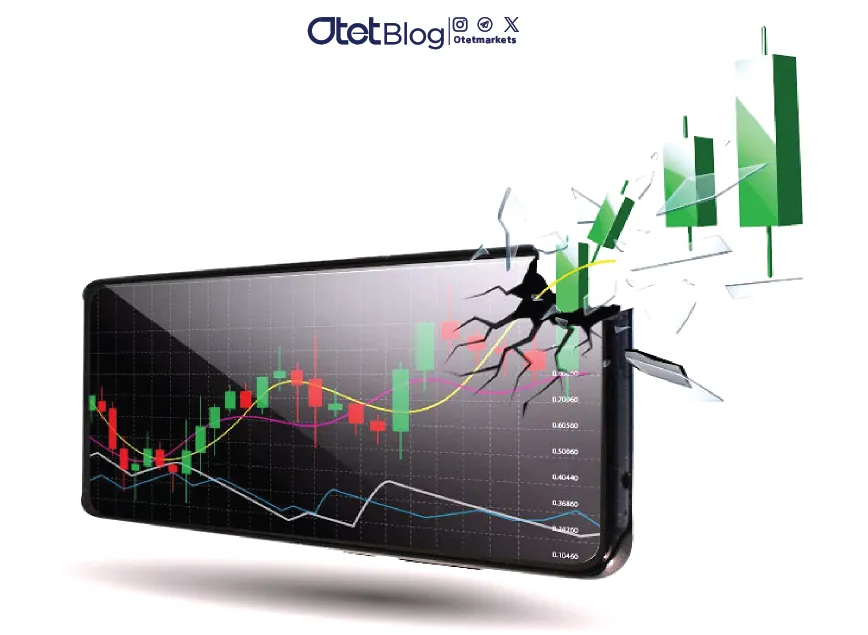
What is the DXY Index?
Estimated reading time: 4 minutes
Table of contents
When it comes to navigating international markets, understanding the strength of the U.S. dollar is key. One of the most widely used tools for this purpose is the DXY Index—a powerful indicator that reflects the dollar’s position on the global stage.
Definition of DXY
The DXY, or U.S. Dollar Index, measures the value of the U.S. dollar relative to a basket of six major global currencies. It’s a go-to reference for traders looking to anticipate movements not only in the forex market but also in gold, oil, stocks, and even cryptocurrencies like Bitcoin.
DXY Composition
| Currency | Weight in the Index |
|---|---|
| Euro (EUR) | 57.6% |
| Japanese Yen (JPY) | 13.6% |
| British Pound (GBP) | 11.9% |
| Canadian Dollar (CAD) | 9.1% |
| Swedish Krona (SEK) | 4.2% |
| Swiss Franc (CHF) | 3.6% |
The index is weighted based on the following currencies: the Euro makes up the largest portion at 57.6%, followed by the Japanese Yen at 13.6%, the British Pound at 11.9%, the Canadian Dollar at 9.1%, the Swedish Krona at 4.2%, and the Swiss Franc at 3.6%. Since the Euro holds the highest weight, its fluctuations significantly impact the DXY.
Read More: What Is Trading and Who Is a Trader?
How to Analyze the DXY Index
Technical Analysis
To understand price action and market sentiment, traders typically analyze the DXY chart using timeframes like 4-hour, daily, and weekly. They rely on tools such as trendlines, moving averages (like the 50 and 200-day MAs), Fibonacci retracements, and classic chart patterns like the Head and Shoulders. Indicators such as RSI help identify overbought or oversold conditions, while MACD gives insight into trend momentum and potential reversals.
Fundamental Analysis
On the fundamental side, the DXY responds strongly to U.S. macroeconomic data. Key metrics to watch include interest rate decisions by the Federal Reserve, inflation data (like CPI and PCE), employment figures such as Non-Farm Payrolls (NFP), and GDP growth reports. Additionally, FOMC meetings and comments from the Fed Chair can cause significant market movement.
DXY’s Relationship with Other Markets
Understanding how the DXY interacts with other markets can give traders a broader view of the financial landscape.
When the DXY rises, gold (XAU/USD) typically falls. This inverse relationship exists because gold is priced in dollars—so when the dollar strengthens, gold becomes more expensive for non-dollar buyers, reducing demand.
In the oil market (WTI and Brent), the relationship is also generally inverse. A strong dollar can weaken global demand for oil, often leading to lower prices.
With U.S. stock markets like the S&P 500 and NASDAQ, the connection varies. In the short term, a stronger dollar can put pressure on multinational companies’ earnings. Over the long term, though, the relationship is more nuanced and influenced by broader factors such as interest rates and liquidity conditions.
Cryptocurrencies like Bitcoin and Ethereum often move in the opposite direction of the dollar. When the dollar weakens, alternative assets like crypto tend to become more attractive to investors.
Read More: How to Trade US and European Stocks with Otet Brokerage
Trading Strategies Using DXY
Strategy 1: Currency Pair Correlation
If DXY is trending upward, traders often anticipate that EUR/USD and GBP/USD will decline, while USD/JPY will rise. In such scenarios, selling EUR/USD or buying USD/JPY may be a suitable strategy.
Strategy 2: Gold and DXY Divergence
When both DXY and gold are rising together—a rare occurrence—this divergence can act as a warning sign. It might indicate a reversal in one of the assets, offering traders a possible entry or exit point.
Strategy 3: Confirming Stock Trades with DXY
For stocks heavily tied to exports, like Apple or Boeing, DXY movements can help explain underlying price pressure. A rising dollar might be affecting overseas revenue, making DXY analysis valuable in equity trading.
Golden Tips for Trading with DXY
Use multiple timeframes to confirm your entry and exit signals. Don’t underestimate the long-term impact of interest rate trends. Be mindful of the inverse correlation between DXY and gold, and the direct relationship with USD-based currency pairs. Always pay attention to major U.S. economic reports, as they are the main drivers behind DXY fluctuations.
Conclusion
The DXY Index is a powerful tool for understanding global market trends. Whether you’re trading forex, commodities, stocks, or cryptocurrencies, integrating DXY analysis into your strategy can provide valuable insights and reduce risk. With a solid grasp of technical and fundamental analysis—and an awareness of how DXY interacts with other markets—you’ll be better equipped to navigate today’s volatile financial environment.
Share
Hot topics

Federal Reserve’s Challenges to Trump’s New Policies
As the Federal Reserve Open Market Committee (FOMC) prepares for its upcoming meeting, all eyes are on how the Fed will respond to Donald Trump’s latest economic policies. With the...
Read more




Submit comment
Your email address will not be published. Required fields are marked *